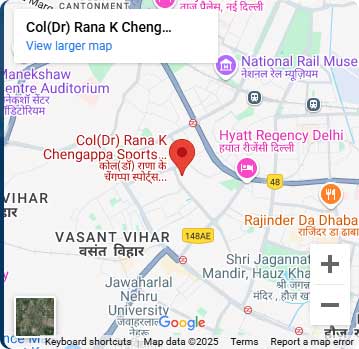One of the most common complaints to develop in Runners is shin pain often progressing to a stress fracture. Though commonly seen they are often misdiagnosed with other lower leg ailments such as muscle tendon inflammations. Doctors may sometimes miss it as routine Xrays do not detect it and MRI are generally not done routinely for shin pain or thought to be too trivial an ailment to be investigated with a MRI. Most often a lot of Runners worsen it by expecting it to heal with time and sometimes fellow compatriots offer advice ranging from rest to application of oil massages and some to just application of an ice pack.
Typical Transition of pain
The pain of shin stress syndrome proceeding to a stress fracture will have a very localised pain which gradually proceeds from being tender to touch(Stress syndrome Grade1) progressing to appearance during activity and subsiding on rest(Stress syndrome Grade 2) , progressing to pain present at rest (Stress syndrome Grade3)and finally severe throbbing pain present at all times affecting walking even to a point of weight bearing(Stress fracture).So it’s a gradual progress from an irritant to a severe throbbing pain , the last stage maybe picked up by an Xray while the first 3 stages need a MRI to confirm diagnosis. However, a shin muscle inflammation (tendinitis) pain is a more spread out pain and a compartment syndrome is more exercise induced not present at rest and
more associated with swelling of the muscle belly ,numbness ,tingling and weakness.
Tackling the problem
Most often we see athletes who develop shin pain simply take a break and resume running after a while when symptoms abate no sooner to re-develop the symptoms once again. The common reasons to develop a stress fracture are training errors or to simply put it – ‘too much, too soon, too fast or too hard’, this relates to increased mileage or speed or increasing speed/ mileage too quickly before adaptation or increased road running. You can also add to the list ‘too poor’ (which signifies a poor quality / worn out shoe or a poor nutritional status in terms of bone muscle health like deficient protein or calcium – Vitamin D status. Therefore instead of simply resting out this typical pain you need the expertise of a Sports Doctor for analysing the reason behind this cause, additionally the Doctor will also take a look at misalignments such as flat feet/ weak arches, and limb structural anomalies which also can contribute to these injuries. Tibial stress fractures take two to three months to heal but in reality it sometimes takes runners upto six months to resume running so the best way to tackle this problem is to address it at the earliest, take a proper diet follow a correct regime for training, ice your shins after running and do a set of exercises to prevent muscle fatigue.
Recommended Exercises
There are some specific exercises which can be done to help in preventing these shin problems.
(1) Calf Stretches
Face the wall ,keep your arms extended, palms flat against the wall, one leg forward, foot flat on the floor, and extend your second leg straight back, placing your heel flat on the floor. Don't bend your back knee. Lean into the wall until you feel the stretch in the calf of the straight leg. Hold for 10 seconds and repeat with the other leg, do 3 to 5 such repetitions.
(2) Forefoot Raises
Lean your back against the wall, slide down a little and rest your foot on your heels with your feet ahead of the wall, raise your fore foot(Toes) towards your shin and then bring them down without touching the floor raise them again. Do 10 to 15 repetitions on a count of 1-2-2-1.The exercise will make you feel a stress on the outer aspect of your shin bone muscles.
(3) Heel Walking
Walk on your heels with toes pointed straight ahead, then with toes pointed outwards and finally with toes pointed inwards, all the while the activity is on your heels with toes lifted off the ground. Do this routine for 10 minutes.
(4) Hops
On a soft surface like a lawn or soft soil hop with both your legs keeping your hands on the waist, followed by alternating one leg hops. Repeat 10 hops each. Progress to combining forward and backward hops.
(5) Box Jumps.
An advance form of training would be to do box jumps. Standing on a box about six to 10 inches in height, jump down by keeping your knees slightly bent and then jump forward couple of steps repeat this action initially for 5 repetitions, next jump on to the box. Finally attempt doing this with one foot at a time.
The above mentioned exercises would help build strength around your shin bone as well help strengthen the bone also.
Remember for a well planned and successful running you need to be aware of the injuries of the lower limb, the most common being shin pain, icing a tender shin especially post running along with a good strengthening regime, a proper diet and a correct training plan will help avoid such injuries. Therefore do the above and --- Happy Running!
Col (Dr) Rana K Chengappa



